New Starbucks CEO Brian Niccol is on a mission to revive the coffee chain.
In the most tangible change since his appointment last September, Niccol announced plans to roll out a new staffing model across North American stores, putting more baristas front and centre to improve employee morale and the customer experience.
It is “bold and timely” says IGD director of retail futures Stewart Samuel. But will it work? And will it be adopted in the UK too?
Niccol launched the ‘Back to Starbucks’ strategy days into his new job, aiming to boost sales and address issues from long waiting times to frustrated staff.
Niccol previously admitted Starbucks needed a “fundamental change” but argued that if it could get back to its core identity and deliver a “great experience”, then “customers will come back”.
While North American sales declined by 1% in the second quarter of 2025, this is an improvement since the strategy launched, with the business suffering a 3% fall in revenues to $6.7bn (£4.9bn) in 2024, primarily due to a 6% decline in comparable store sales.
GlobalData retail MD Neil Saunders says Starbucks “lost touch with what its customers wanted, and the experience became sub-par across a lot of its locations”.

The ‘Green Apron Service’
At the heart of the strategy is the ‘Green Apron Service’ staffing model, which Niccol last week announced plans to accelerate. It is hiring more baristas in over 11,000 North American company-operated stores by the end of summer, surpassing its initial plan to reach just a third of US sites by the end of the financial year.
The model will see a dedicated barista for drive-through orders and in-store technology implemented to more efficiently sequence orders.
Saunders says this is a “critical” move to resolve the big issues of “higher waiting times and poor service”.
The strategy sets a goal of a four-minute wait-time in cafés. It has also removed higher prices for non-dairy milk, and brought back the condiment bar, the famous writing on cups, more ceramic mugs and a revised code of conduct.
The US business said in April that it was getting record-high shift completion rates, below industry average staff turnover rates and rising staff engagement since the strategy launched.
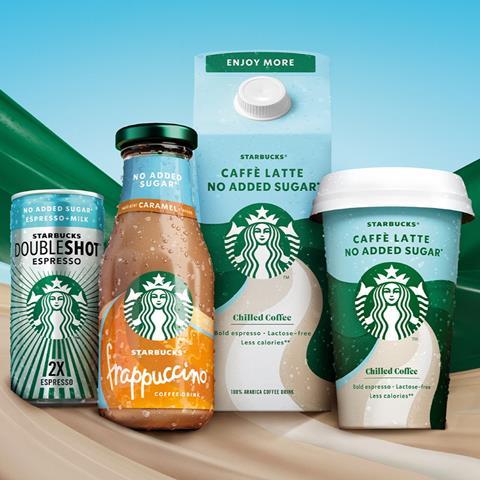
The costs
But while the steps could be key to improving store standards and staff morale, analysts highlight costs. Bernstein expects Starbucks to scale the Green Apron programme to 7,000 US stores, and estimates a $2.5bn labour cost investment by FY27 as a result, including around $900m in FY25.
“To balance out, Starbucks is belt tightening,” says Saunders. “It will hope higher volumes and efficiencies will help offset the increases.”
Starbucks cut 1,100 corporate roles globally in February. “Our intent is to operate more efficiently,” Niccol told employees.
Starbucks initially planned to spend $800,000 to $1m per store remodel but in April, he disclosed in a staff meeting (seen by Bloomberg) that this would be slashed to $150,000.
The strategy also means fewer discounts, with marketing shifting to its ‘brand story’.
Loyalty rewards have been scaled back, along with seasonal promotions, and menus have been simplified, with fewer customisation options.
Saunders says “menu complexity” and “too much customisation” were previously “absorbing staff time”.
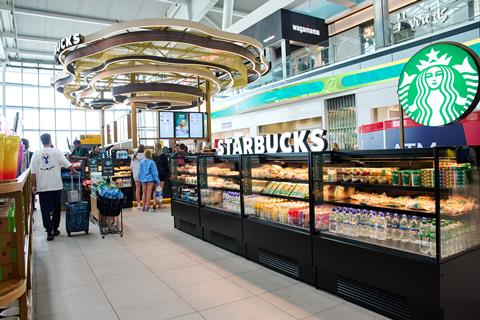
Is it right for the UK?
Though Starbucks says the new model is only rolling out in North America at this time, IGD anticipates it will be introduced to other key markets.
“While it’s tailored for North America, its core principles could resonate globally with local adaptation,” Samuel says.
In the UK, a refresh looks needed. The business suffered a £35m loss and a 4% decline in revenue to £525.6m in 2024, which Starbucks linked to macroeconomic factors and increased competition.
Saunders says volumes at US stores are “much greater” than in the UK, arguing staff issues may not be as significant here. But he believes the US approach to improving the in-store experience “does need to be applied in the UK too”.
“Starbucks needs to make itself a more appealing destination customers enjoy visiting.”
The model may come at a cost, but “there is also a view that the cost of doing nothing in lost market share and sales is greater”, adds Saunders.

![Wincanton EV image[99]](https://dmrqkbkq8el9i.cloudfront.net/Pictures/274x183/9/4/2/361942_wincantonevimage99_53611.jpg)

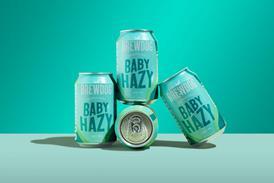
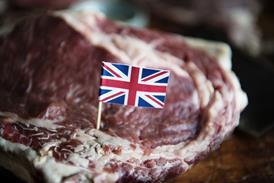
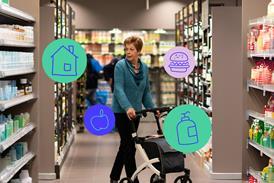
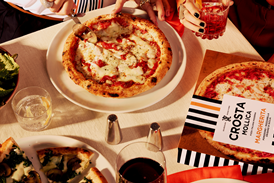
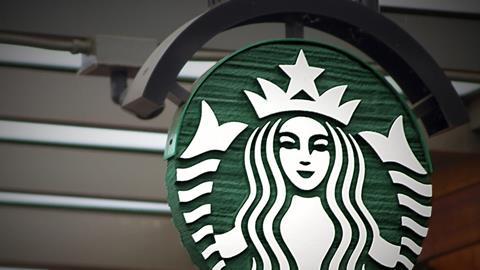
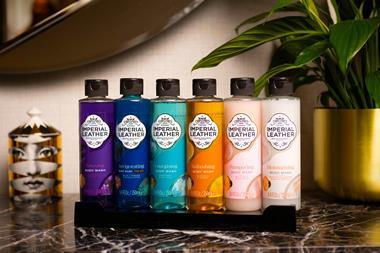
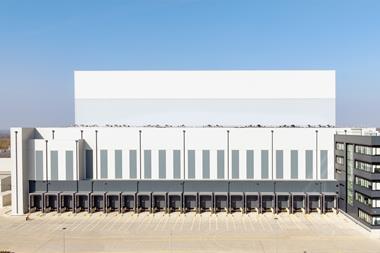
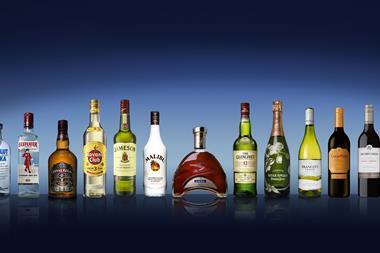

![Wincanton EV image[99]](https://dmrqkbkq8el9i.cloudfront.net/Pictures/380x253/9/4/2/361942_wincantonevimage99_53611.jpg)
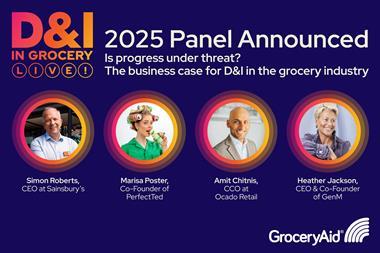
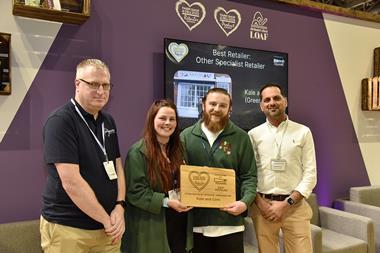
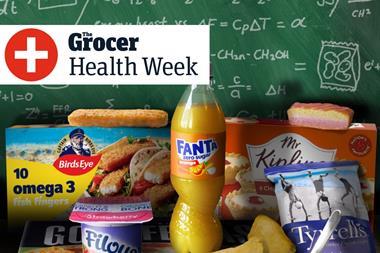
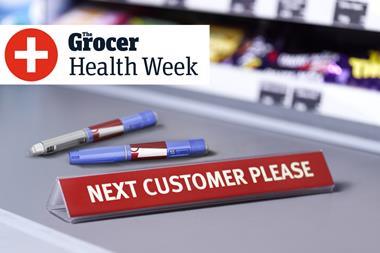
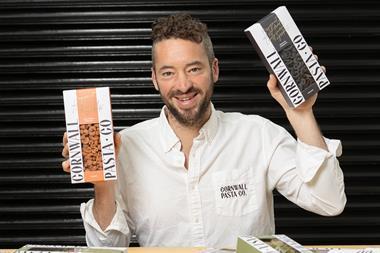
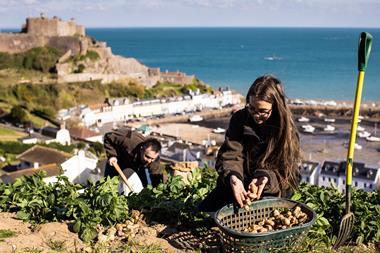
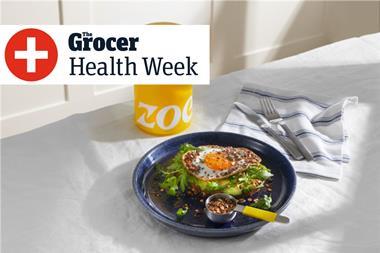
No comments yet